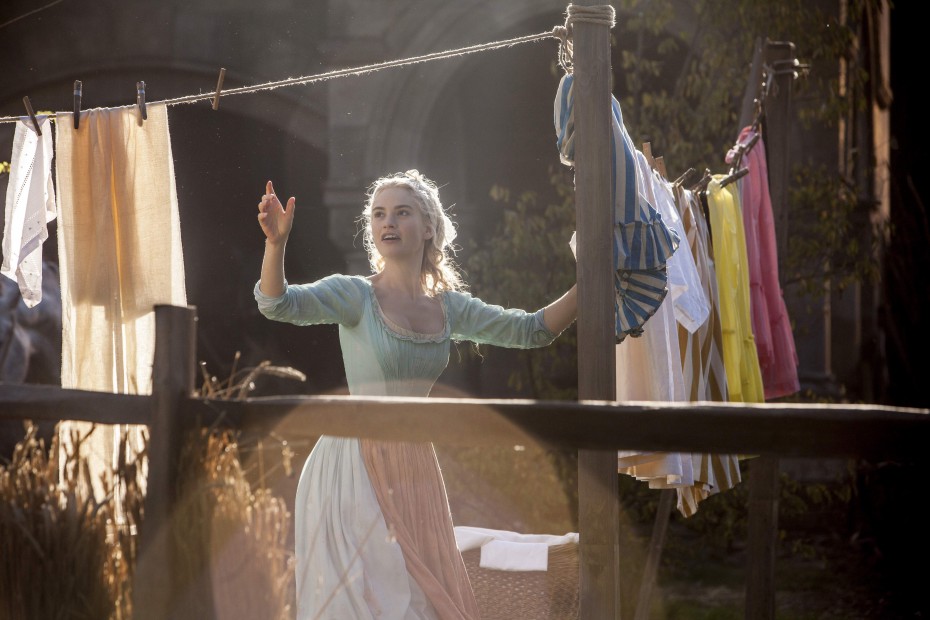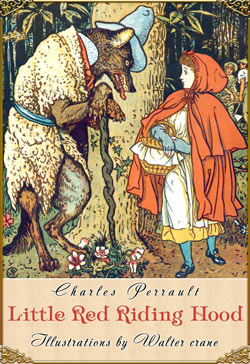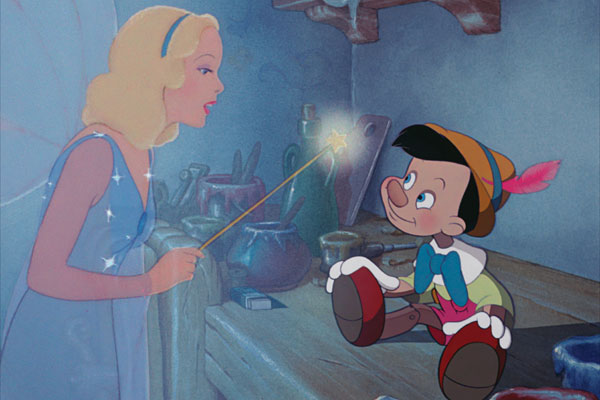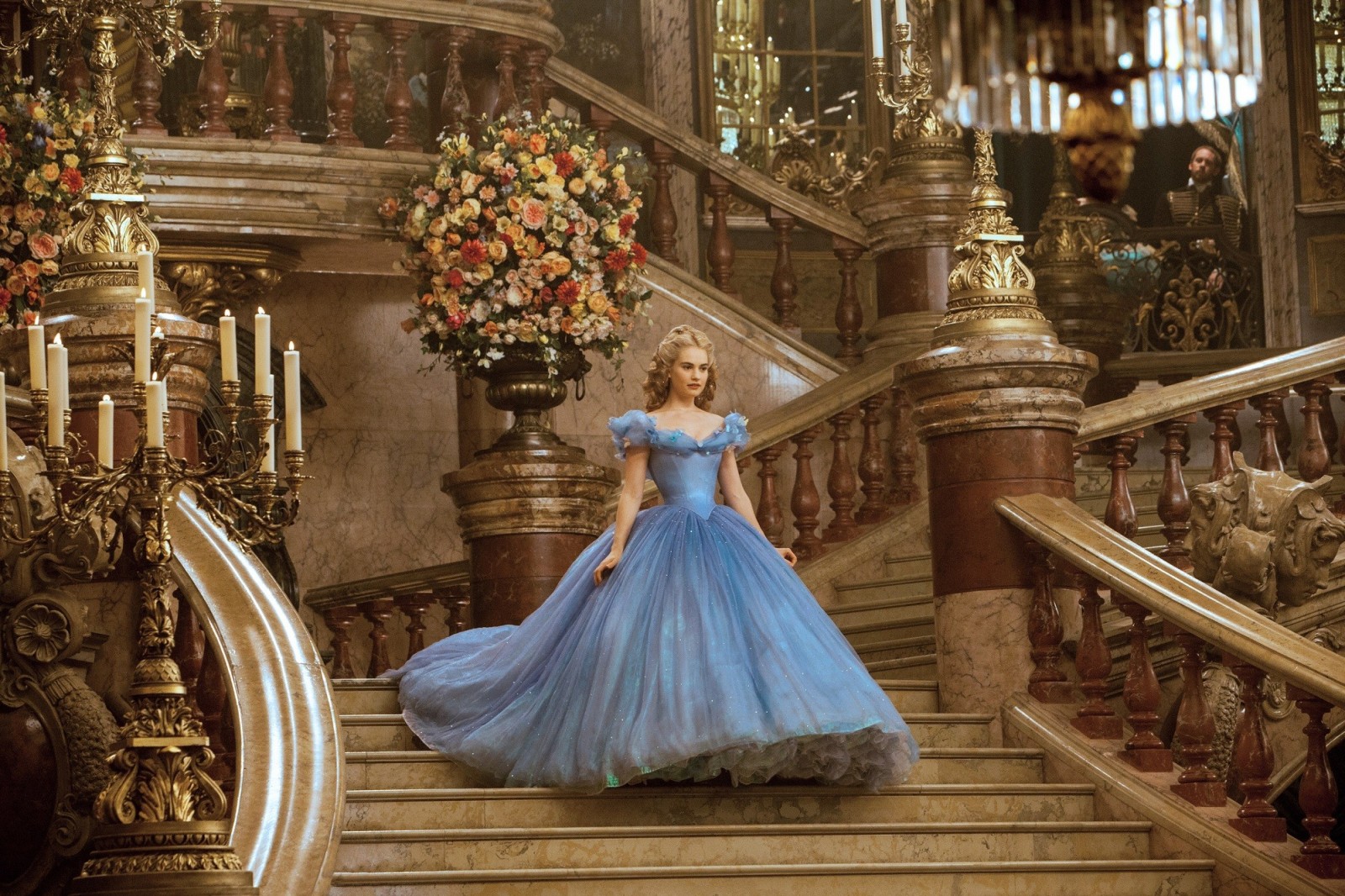The latest Cinderella movie, starring the lovely Lily James, Cate Blanchett, and Richard Madden (who looks much better as a suave prince than a slightly scruffy Stark!), has made audiences fall in love with fairy tales, princesses and magic all over again.
This movie stays faithful to the Disney adaptation, so do expect magic, love and a happily-ever-after.
But did you know that the perfect fairy tales we’ve grown up with are actually sanitised versions of the much-grittier children’s tales of old?
Brace yourselves, we’re about to go into the uncensored version of our childhood.
Cinderella

The new Cinderella movie is all magic and beauty, but in earlier versions of the fairy tale, two characters have their eyes pecked out by birds. #truestory
The Grimm Brothers’ version of Cinderella — written in the 19th century, based on an Italian folk tale — has a pretty gory twist.
Although the ending is somewhat similar to what we are familiar with — the prince finds Cinderella (whose name in German is Aschenputtel) and they live happily ever after — the tale gets rather, erm, grim.
To fit into Aschenputtel’s glass slipper, one evil stepsister cut off part of her heel, while the other cuts off one of her toes.
Their plan fails only when the prince is notified by some helpful pigeons about all the blood that is dripping out of the pretty glass slipper on the ride back to the castle. And yes, the prince fell for the stepsisters’ ploy — TWICE.
The stepsisters get a really bad deal in this story. Not only are their feet deformed, as Aschenputtel was walking down the aisle with the prince, doves pecked at the stepsisters’ eyes, leaving them each blind in one eye.
As if that wasn’t bad enough, as the happily married couple left the church, the rather violent birds descended on the stepsisters again, pecking out their remaining eyes, leaving them blind.
Try telling that to your kids at bedtime.
Little Red Riding Hood

Charles Perrault’s Little Red Riding Hood involves Little Red disrobing before getting into bed with the wolf, and there’s no huntsman to save the day. It ends with both Red and grandma in the belly of the beast.
The Charles Perrault version of this tale in the late 1690s is very different from the one we know.
In this darker, twisted tale, there is no hunter to save the day, and no happy ending either.
This version of the story says that the wolf asked Little Red to race him on the way to her grandmother’s house. She agrees, but she stops to pick berries, flowers and stuff.
Reaching the house first, the wolf satisfies his hunger by eating the grandmother. And upon Little Red’s arrival, he asks her to join him in bed (for some reason, the story includes Little Red undressing as well) where he then eats her too.
The moral of the story is clear — young girls should avoid loitering around in the woods, and definitely, DEFINITELY not undress and get into bed with a talking wolf.
The Brothers Grimm later added the part where a huntsman rescues the gals from the belly of the beast by cutting it open, which if you think about it, is pretty hardcore stuff too.
But even Perrault’s version was sanitised by the standards of his time. Some earlier versions (we’re talking as early as the 10th century) even had the wolf prepare some of the grandmother’s blood and meat for Little Red to unknowingly feast on before she herself becomes wolf food.
Another fixture in these earlier versions is the part where the wolf not only asks Little Red to undress, but to throw her clothes into the fire.
The Little Mermaid

Wanna be part of that world? In Hans Christian Anderson’s fairy tale, Ariel had to have her tongue chopped off to join Prince Eric out of the sea. And oh, every step she took would feel like her feet were being stabbed with knives. AND ARIEL DIES.
Nope, Ariel did not marry Prince Eric, and there was no happily ever after.
The original The Little Mermaid by Hans Christian Andersen has it that Ariel fell so hard in love with the Prince (even though she had only seen him from afar for a day, during which she rescued him from a storm), Ariel was willing to trade her fins and have her tongue chopped off by the Sea Witch to get human legs.
But that’s not it — she was warned that walking would always feel like there were a thousand knives beneath her feet. On top of that, as part of her deal with the Sea Witch, if the prince rejected her, Ariel would disintegrate into sea foam and cease to exist, as opposed to humans whose eternal souls would go to heaven.
Guess what? She drank the potion anyway. The witch chops off her tongue, and she swims to the shore as a human.
Now this is where it really gets painful. The prince kinda falls for her, but unfortunately, also falls for the way she dances. So Ariel, desperate to win his affection, dances for him even though it feels like knives.
In the end, Prince Eric did get married, just not to Ariel. He got hitched to a girl he wrongly thought had saved him from drowning, breaking Ariel’s heart.
Ariel longed to return to her old life in the ocean, but the only way she could do it was by piercing the prince’s heart with a knife. Once his blood touched her legs, she would regrow her tail and become a mermaid again.
But she couldn’t bring herself to do it, deciding to throw herself into the sea and become sea foam instead.
Also, in this version there is no Sebastian the crab singing in his French accent. #Tragedy
Pinocchio

Doesn’t Pinocchio look absolutely adorable here? Well in the original story, he was a horrible, insufferable monster. He even murders Jiminy Cricket!
In Carlo Collodi’s original The Adventures of Pinocchio (1883), the adorable wooden puppet we know and love is not just a slightly naughty character who really does mean well.
This particular version of Pinocchio is just plain horrible. So horrible, in fact, that he was kind of a murderer. More on that later…
Disney reportedly halted production because they were becoming so frustrated with the source material. It seemed impossible that they could make a lovable character out of the violent, aggressive, rebellious little monster.
He starts insulting Geppetto the minute his mouth is carved and runs away from home once his little wooden legs are shaped.
Adding salt into the wound, Pinocchio accuses Geppetto of abusing him, and the elderly carpenter ends up being thrown in jail. Ungrateful much??
And if you were wondering about Jiminy Cricket… We hate to break this to you, but in the original version, Pinocchio kills him with a hammer when Jiminy lectures him about his bad behaviour.
But here’s the kicker – instead of the happy Disney ending where a repentant Pinocchio is reborn as a human boy, the original ending has Pinocchio bound, tortured, hanged and killed, all in full technicolor detail.
And in case you were wondering, yes, The Adventures Of Pinocchio was written as a children’s tale. Those were a novelty back then.
Hansel and Gretel
An earlier version of this story is known as The Lost Children, and is actually quite similar to the more popular Grimm brothers’ version, and the children are known as Jean and Jeanette.
While they do get abandoned by their parents and are lost in the forest, the house they find in the forest belongs to a devil, not a witch.
Like the modern version, the devil decides to eat them, but is outsmarted by the children who end up tricking the devil’s wife into getting on a sawhorse and slitting her throat.
There is a happy ending for the children, though.
They manage to steal all the devil’s gold and silver and make their way back home.
The Grimm brothers’ version is relatively un-violent, though if you really think about it, there is still a cannibalistic witch. Not quite your something you’d read to your kids before bed time.
But even more inappropriate is the part at the beginning where Hansel and Gretel’s father and stepmother abandon them deep in the forest — because the children ate too much! And when the kids overheard their parents’ plan and devise a clever way to retrace their steps back to the house (using a trail of white pebbles), their parents did it again the next day!
It was only when they escaped said cannibalistic witch’s grasp (by roasting her alive in an oven) and return home with a bounty of treasure and jewels that the father finally decides he wants them back. Insane story, right? We’ll just let that stew for a minute…
In any case, no matter how messed up, none of those earlier versions were probably as bad as this one:
Sleeping Beauty
*Brace yourselves*
The popular Charles Perrault version of Sleeping Beauty was based on a rather gruesome tale by Giambattista Basile, published posthumously in 1634.
The original Sleeping Beauty, named Talia, falls into what appears to be an endless sleep when a splinter lodges underneath her fingernails when she is spinning flax.
Overcome with grief, her father decides to lock down the palace and leave it forever, leaving Talia there.
One day, a king who was passing by enters the palace and is immediately struck by the beauty of the princess. Unable to control his lust, he rapes the sleeping princess.
Nine months later, she gives birth to twins, named Sun and Moon.
The princess finally awakes one day when one of her babies sucks on her finger, puling the splinter out. The king returns to see Talia (what a perv), only to find her awake and caring for his two children. He spills the beans to her, but for some reason, they still end up kinda falling for each other.
BUT. The king’s wife finds out about Talia after hearing him say her name while he was asleep back in his own palace. She threatens one of his men and learns the full story. So, she pretends to be the king and writes to Talia, hoping she would send the twins to the palace, where she plans to cook them and feed them to the king.
Thankfully, the king’s cook decides to hide the twins, and cooks two lambs instead. But the queen wasn’t done. She invites Talia over, and tries to burn her alive. The king appears just in time to rescue Talia, and orders that his queen be burned alive, along with all the others who helped her.
He marries Talia, and they live happily ever after (?).










Tell us what you think!